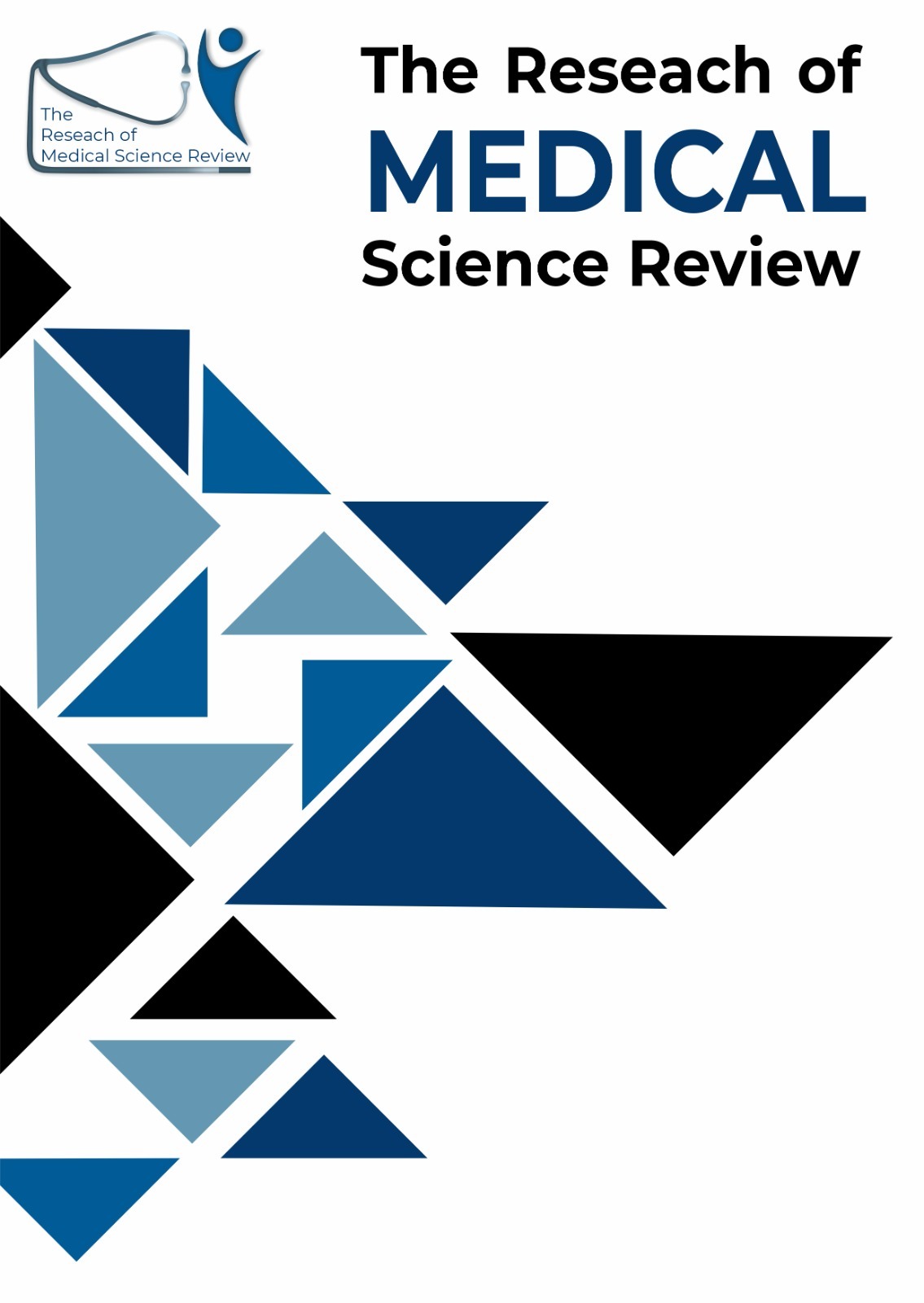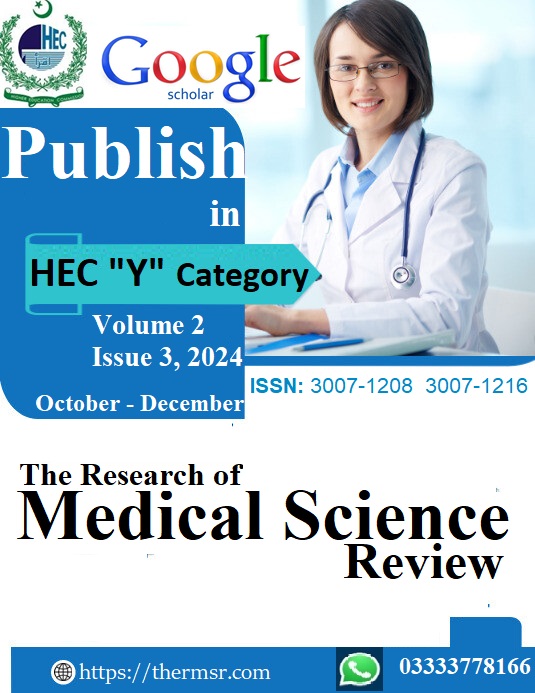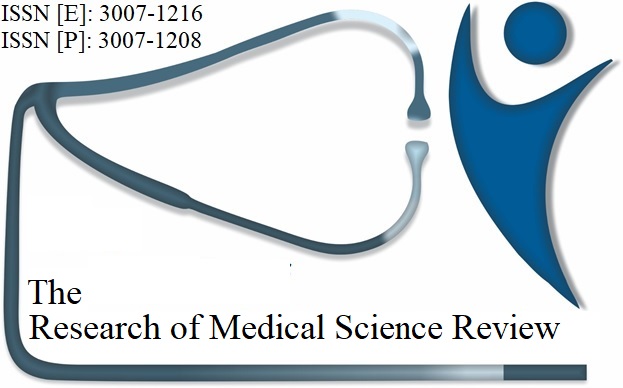OLIGOHYDRAMNIOS RISK FACTORS IN 3 RD TRIMESTER OF PREGNANCY AT ONE OF HOSPITALS OF SOUTH PUNJAB
Keywords:
Low Birth Weight, Oligohydramnios, Afi, Foetal Surveillance, Apgar, NicuAbstract
Objective: To Ascertain The Third Trimester Of Pregnancy's Risk Factors For Oligohydramnios. Compared To Controls, Cases Had A Higher Incidence Of Women Whose Gestational Ages Are Greater Than 39 Weeks.
Methods: Following Clearance From The Ethics Review Committee, The Study Was Carried Out. Consultant Radiologists With At Least Five Years Of Post-Fellowship Experience Assessed Women Who Met The Inclusion Criteria And Presented To The Obg Department's Outpatient Department For Oligohydramnios. Women Classified As Cases Had An Afi ≤5 Cm, Whereas Controls Had An Afi > 5 Cm. Following Informed Consent, 63 Cases And 63 Controls Were Enrolled In Total. Records Were Kept On The Patient's Age, Gestational Age, Gravidity, Gestational Diabetes, And Hypertension. Every Woman's Bmi Was Calculated Using The Operational Definition. As Per Routine Hospital Procedure, Two Milliliters Of Venous Blood Were Taken From Each Participant, And The Blood Was Tested For Hemoglobin (Hb) In A Single Laboratory. The Consultant Radiologist Measured The Estimated Fetal Weight. The Researchers Conducted All Of The Assessments Without Being Aware Of The Individuals' Case- Control Status. Proformas Was Used To Record All Of The Data.
Results: Most Of The Respondents Were In The Age Range Of 20 To 45 Years. The Frequency Of Oligohydramnios Was Higher Among Women From Low Socioeconomic Status Groups (79%), Farmers (54.4%), And Women Who Had Babies Vaginally (80%). The C-Section Rate Was 18.9%. All Of The Outcomes Were Live Deliveries With No Perinatal Deaths, And The 11.1% Of Babies That Required Nicu Care Did So Primarily For Observation Before Respiratory Distress. In Five Minutes, 87.8% Of The Apgar Scores Were Between Seven And Ten, And 12.2% Were Between Four And Six. Individuals From Lower Socioeconomic Classes Exhibited A Lower Afi, With A Statistically Significant Difference (Χ2=8.176, P=0.017). A Statistically Significant Connection (P<0.05) Was Seen Between The Degree Of Afi And Several Outcomes, Including Greater Rates Of Cesarean Sections, Longer Hospital Stays, Malpresentation, Lower Baby Weight, Nicu Admissions, And Longer Nicu Hospitalizations.
Conclusion: Low Birth Weight Is Significantly Correlated With Oligohydramnios. These Days, Oligohydramnios Occurs Frequently. For The Mother And The Newborn To Survive And Thrive, A Thorough Evaluation, Intense Parental Counseling, Fetal Observation, And Appropriate Antepartum And Intrapartum Care Are Required.
Downloads
Downloads
Published
Issue
Section
License

This work is licensed under a Creative Commons Attribution-NonCommercial-NoDerivatives 4.0 International License.















